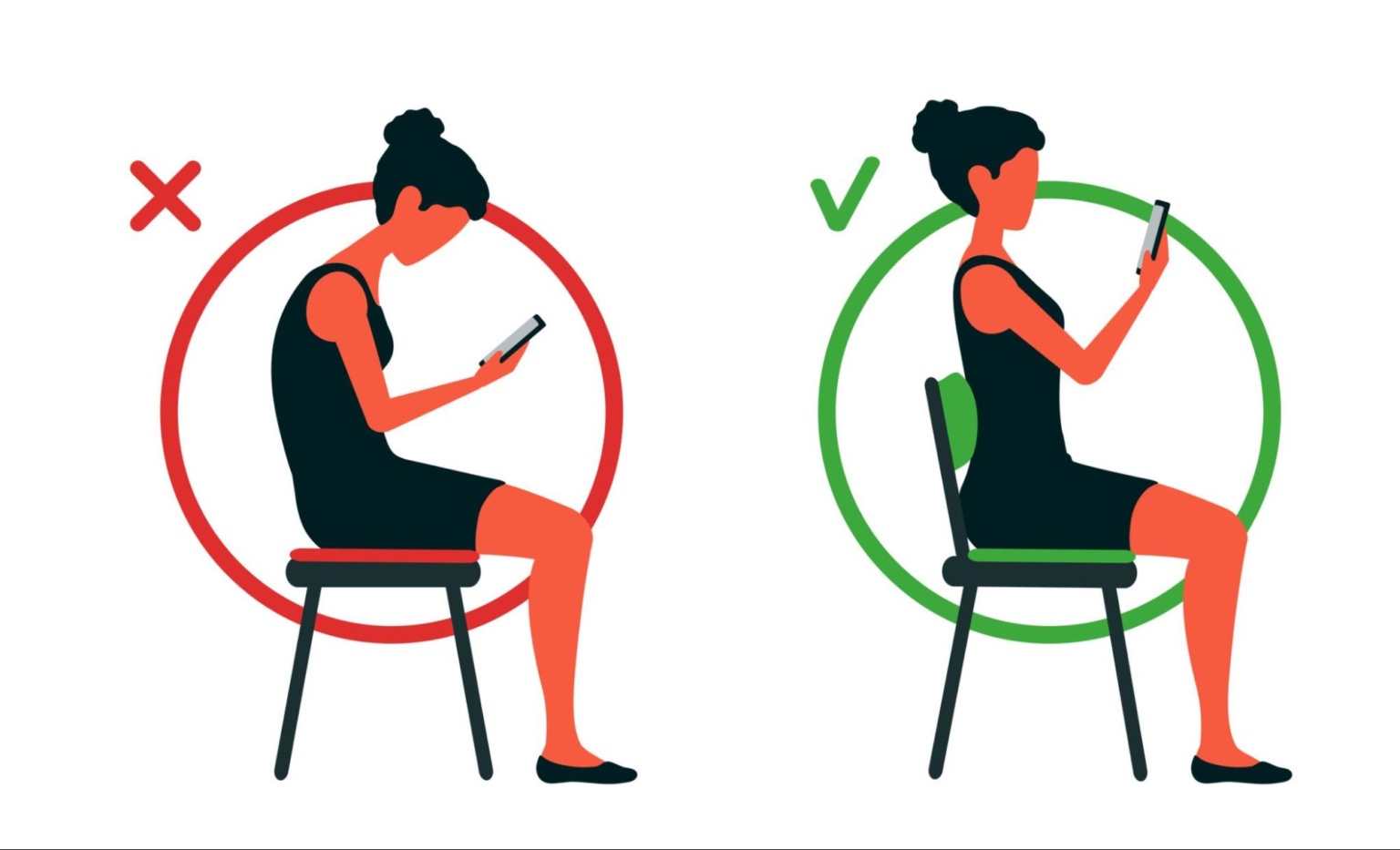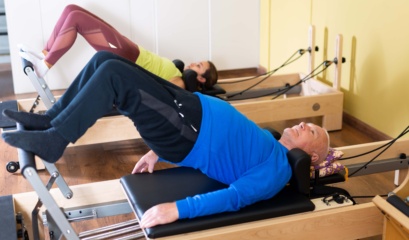Kyphosis is a common spinal condition characterised by an excessive forward curvature of the upper back, often referred to as thoracic kyphosis. This curvature can also occur in the neck region, known as cervical kyphosis. In this blog, we’ll explore the meaning of kyphosis, its symptoms, treatment options, and how physiotherapy can play a vital role in managing both thoracic and cervical kyphosis.
What is Kyphosis?
Kyphosis is a term used to describe an abnormal rounding of the spine, resulting in a hunched or rounded posture. This curvature can occur in different regions of the spine, with thoracic kyphosis affecting the upper back and cervical kyphosis affecting the neck. While some degree of curvature is normal, excessive kyphosis can lead to discomfort, pain, and functional limitations.
Understanding the Symptoms
Recognising the symptoms of kyphosis is crucial for early detection and intervention. Common symptoms include a rounded or hunched posture, back pain or discomfort, stiffness, and limited range of motion in the spine. Individuals with kyphosis may also experience muscle weakness, fatigue, and, in severe cases, breathing difficulties due to compression of the chest cavity.
Kyphosis Exercises: How Physiotherapy Can Help
As experienced physiotherapists, we know just how crucial a role evidence-based exercises can play in the management of kyphosis. We recommend focusing on exercises to improve posture, strengthen muscles, and alleviate symptoms. Kyphosis exercises typically target the muscles of the back, abdomen, and neck to promote better spinal alignment and support. Here are some effective exercises commonly recommended by physiotherapists
Postural Correction Exercises:
Shoulder blade squeezes
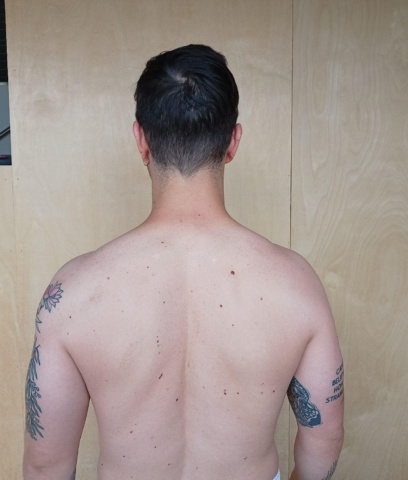
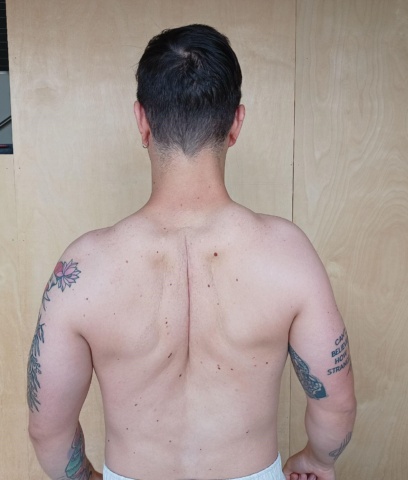
Sit or stand tall with your shoulders relaxed. Squeeze your shoulder blades together, hold for a few seconds, then release. Repeat several times.
Chin tucks
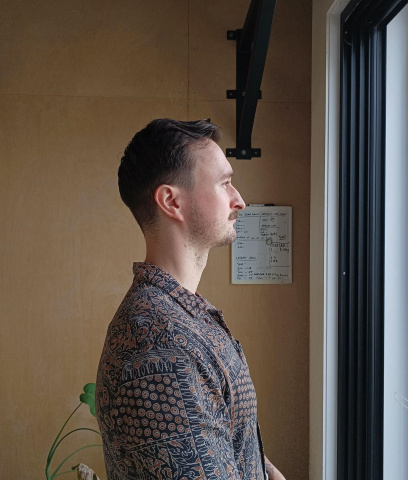

Gently tuck your chin in towards your neck, lengthening the back of your neck. Hold for a few seconds and release. Repeat several times.
Strengthening Exercises
Back extensions

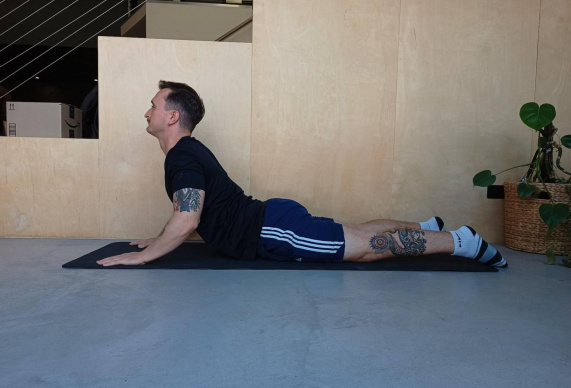
Lie on your stomach with your hands under your shoulders. Press into your hands to lift your chest off the ground, keeping your gaze forward. Hold for a few seconds, then lower back down. Repeat several times.
Supermans/arch hold
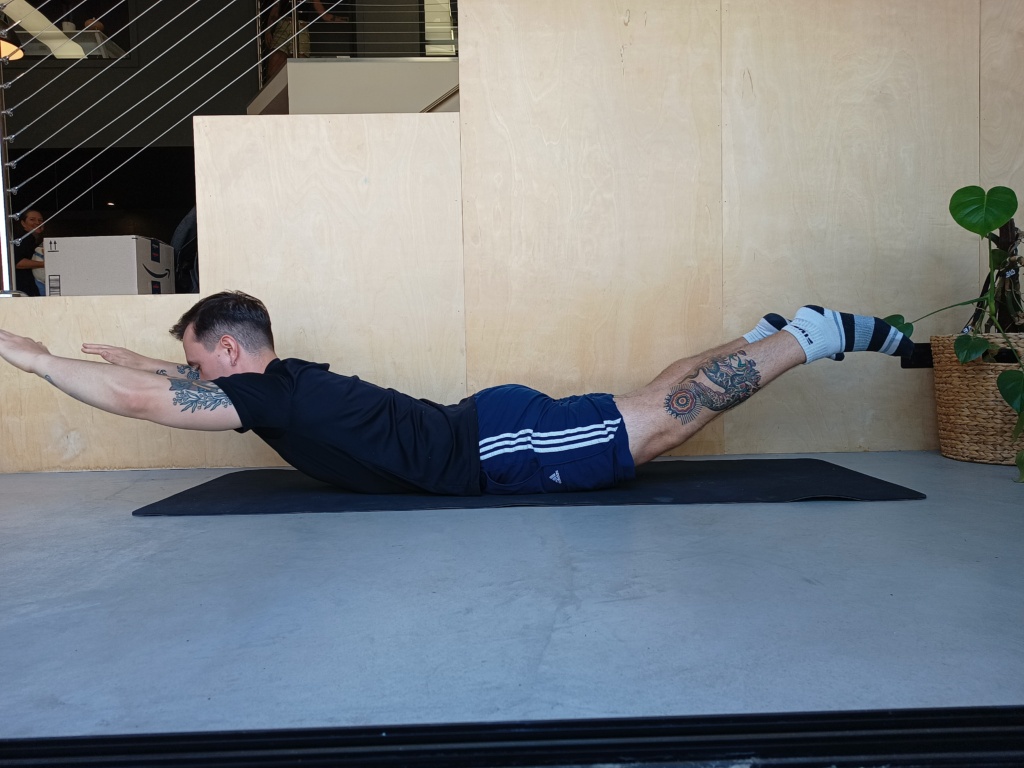
For this exercise, you need to lie on your stomach, with your hands out in front of you and your legs straight, in line with your hips. Then, squeeze your back and pull your arms and legs as high as you can off the floor, while keeping them straight. Hold for a few seconds, then rest for a few seconds and repeat.
Flexibility Exercises
Chest stretches
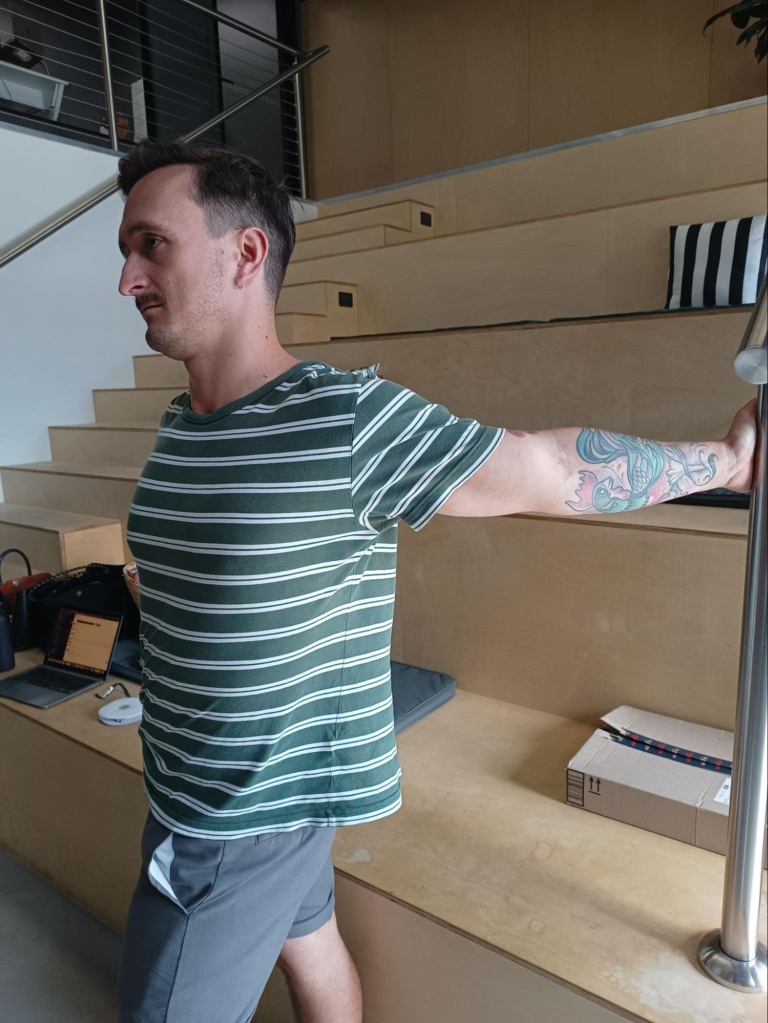
Stand in a doorway with your arms bent at a 90-degree angle. Place your forearms on the doorframe and lean forward, stretching the muscles of your chest. Hold for 30 seconds and repeat several times.
Neck stretches

Gently tilt your head to one side, bringing your ear towards your shoulder. Hold for 30 seconds, then switch sides. Repeat several times.
Treatment Options
In addition to exercises, physiotherapy treatment for kyphosis may include manual therapy techniques, such as mobilisations and soft tissue massage, to improve spinal mobility and reduce pain. Education on proper posture and ergonomics is also essential for preventing further curvature progression. In some cases, bracing or taping may be recommended to support the spine and promote better alignment.
Kyphosis vs. Lordosis
It’s essential to differentiate between kyphosis and lordosis, another common spinal condition characterised by an excessive inward curvature of the lower back. While kyphosis involves a forward curvature of the upper back or neck, lordosis affects the lumbar spine, causing the lower back to arch excessively. Physiotherapy interventions for lordosis may include exercises to strengthen the abdominal and pelvic muscles, along with postural correction techniques.
Contact Benchmark Physio for Help With Your Kyphosis Today
Kyphosis, whether thoracic or cervical, can have a significant impact on an individual’s quality of life, leading to pain, discomfort, and functional limitations. Physiotherapy plays a crucial role in the management of kyphosis, offering exercises, manual therapy, and education to improve posture, alleviate symptoms, and improve spinal health. By working closely with a physiotherapist, individuals with kyphosis can take proactive steps towards better spinal alignment and overall well-being. So, please remember to contact one of our physiotherapists prior to beginning any program to help with your kyphosis.


